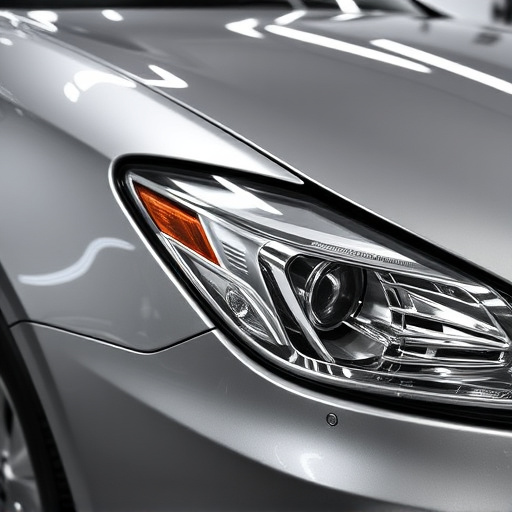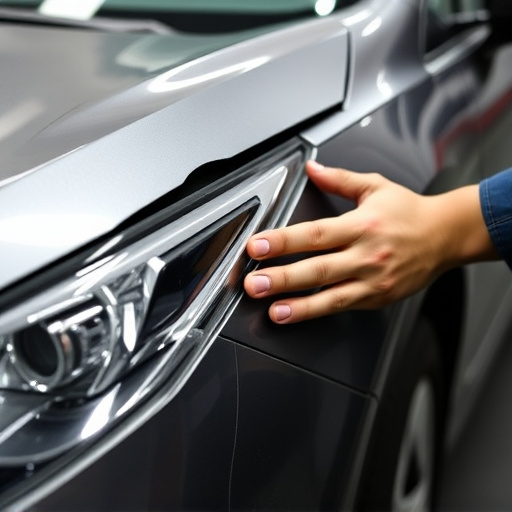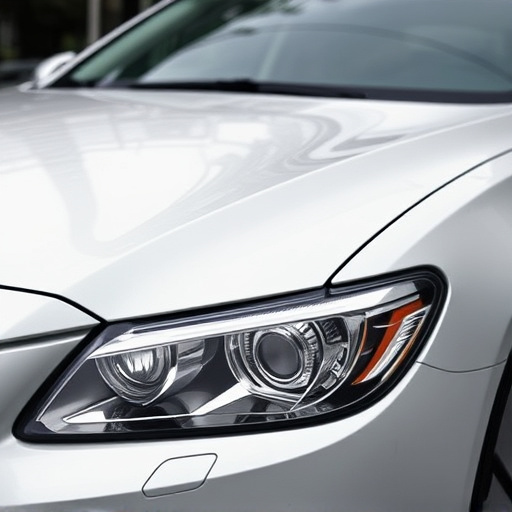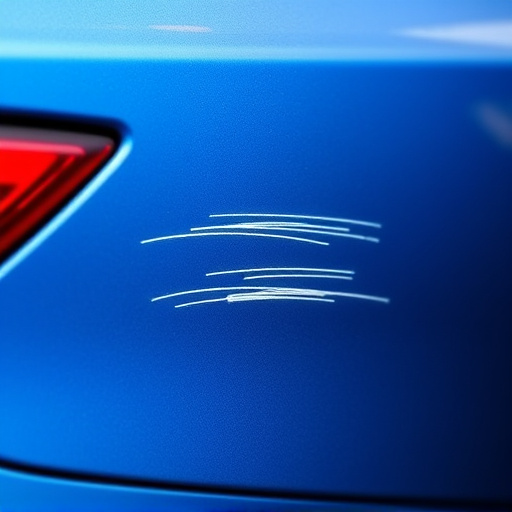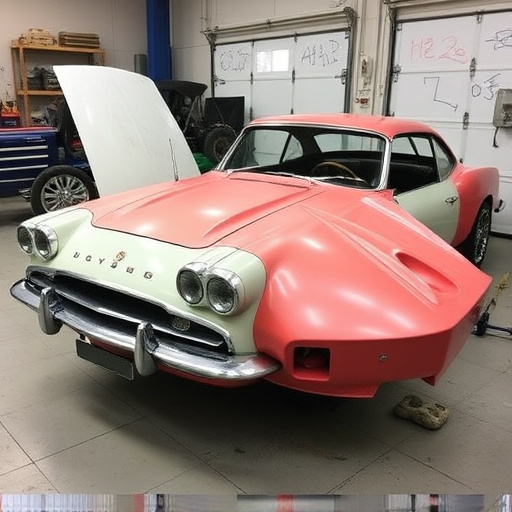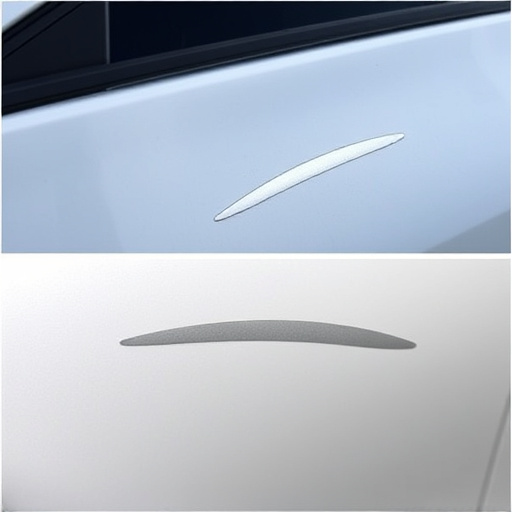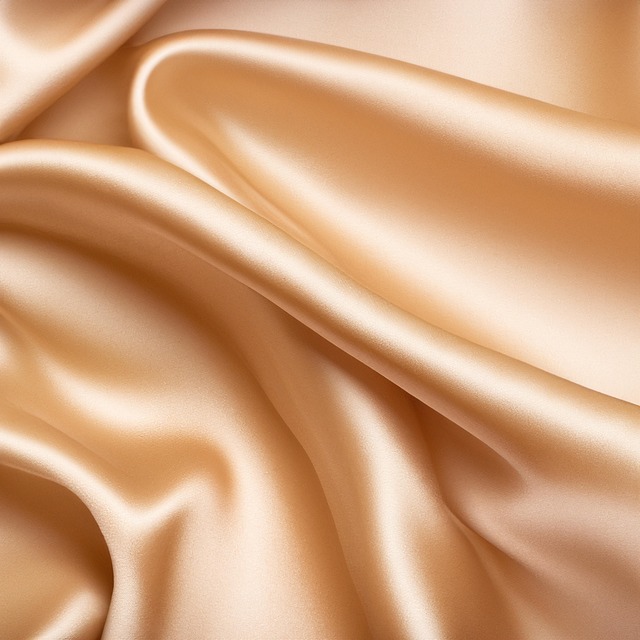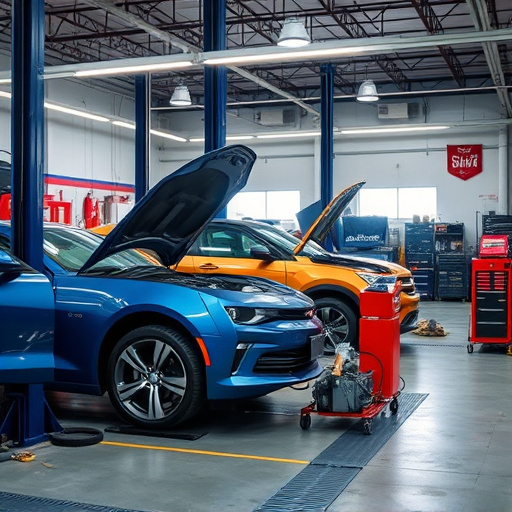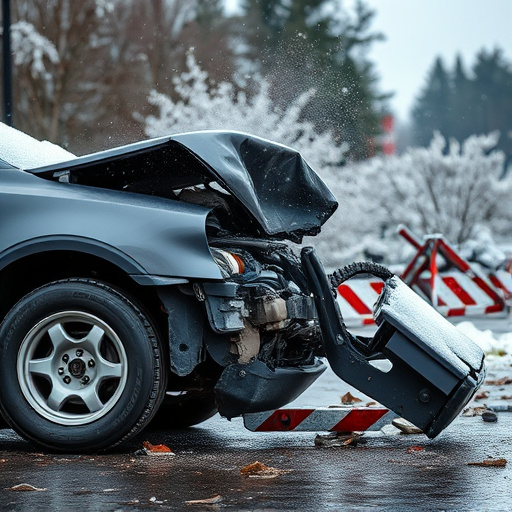UV curing systems have revolutionized various industries, especially automotive body shops, by providing a fast, efficient, and precise alternative to traditional drying methods. These systems use ultraviolet light to accelerate material hardening, offering significant benefits in fender repair and other precision applications. UV curing offers enhanced control, improved resource efficiency, superior product quality, and reduced environmental impact compared to conventional methods. In automotive repairs, it surpasses traditional techniques by providing speed, consistency, minimal heat generation, cost-effectiveness, and environmental friendliness. Understanding how UV light initiates chemical reactions through photoinitiation is key to leveraging these systems across manufacturing, printing, and auto care industries for precise control over the curing process and faster production times without compromising material strength or durability.
“Unveiling the Secrets of UV Curing Systems: A Comprehensive Guide
UV curing technology has revolutionized various industries, offering a swift and precise method for material hardening. This article delves into the intricate world of UV curing systems, providing insights on their fundamental principles, core components, and practical applications. From understanding the science behind UV light’s chemical reactions to exploring different light sources and energy density’s role, we demystify this innovative process. Additionally, we offer guidance on system selection, design considerations, and safety precautions for efficient and safe UV curing.”
- Understanding UV Curing Technology
- – Brief explanation of UV curing systems and their purpose
- – How UV light initiates chemical reactions in materials
Understanding UV Curing Technology
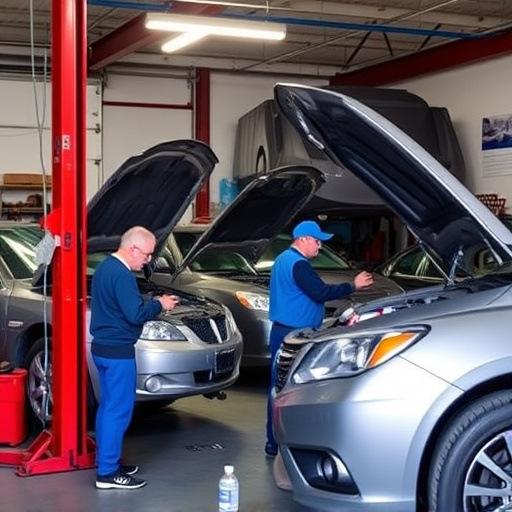
UV curing technology has revolutionized various industries, including automotive body shops and vehicle repair services. This innovative process utilizes ultraviolet light to accelerate the hardening or curing of specific materials, offering a fast and efficient alternative to traditional drying methods. By focusing high-intensity UV rays on a surface, the technology triggers chemical reactions within the material, causing it to harden quickly.
This advanced system is particularly beneficial in fender repair and other precision applications within automotive body shops. It ensures precise, consistent results, reducing the time typically required for manual curing or drying. Moreover, UV curing systems offer enhanced control over the curing process, allowing for more efficient use of resources, improved product quality, and a reduced environmental footprint compared to conventional methods.
– Brief explanation of UV curing systems and their purpose
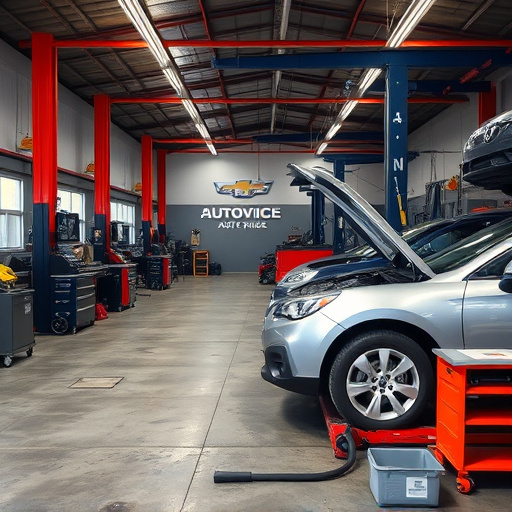
UV curing systems are advanced technologies designed to harden or cure materials quickly using ultraviolet (UV) light. These systems have revolutionized various industries, including automotive and manufacturing, by offering a fast, efficient, and precise method for drying and hardening coatings, adhesives, and inks. In the context of vehicle dent repair, fender repair, and car body repair, UV curing systems provide significant advantages over traditional drying methods.
By emitting high-intensity UV light, these systems initiate chemical reactions within the applied material, causing it to harden rapidly. This process is particularly beneficial for automotive applications where speed, consistency, and minimal heat generation are crucial. Unlike conventional drying methods that can be time-consuming and energy-intensive, UV curing systems offer a more efficient, cost-effective, and environmentally friendly alternative, making them a preferred choice in the car body repair sector.
– How UV light initiates chemical reactions in materials
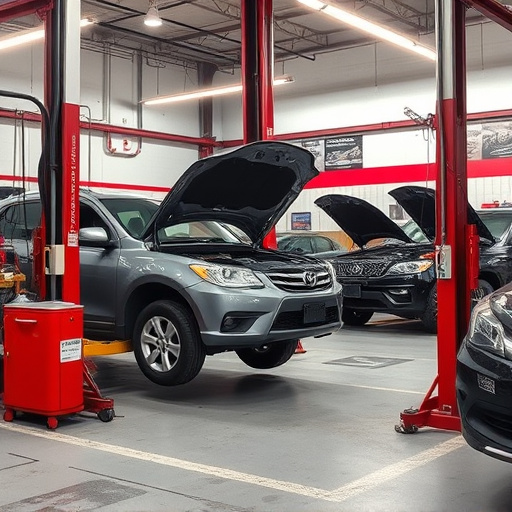
UV light initiates chemical reactions in materials through a process known as photoinitiation. When UV radiation interacts with specific molecules within a material, it excites these molecules, causing them to undergo a transformation. This excitation energy triggers a series of chemical reactions that lead to polymerization or cross-linking – the key processes behind UV curing systems. In auto repair shops and luxury vehicle repair facilities, this phenomenon is utilized extensively for quick and efficient drying and curing of coatings, adhesives, and sealers on car bodywork, ensuring high-quality finishes.
The unique properties of UV light, such as its ability to penetrate thin layers and initiate reactions rapidly, make it ideal for various industrial applications. In UV curing systems, this technology allows for precise control over the curing process, enabling fast production times without compromising material strength or durability. Whether in manufacturing, printing, or auto care, understanding how UV light initiates chemical reactions is crucial for leveraging the advantages of UV curing systems.
UV curing systems have revolutionized various industries by offering a fast, efficient, and environmentally friendly solution for hardening and drying materials. Understanding the key elements of these systems, such as the role of UV light in initiating chemical reactions, is essential for optimal implementation. By leveraging this technology, businesses can enhance productivity, reduce waste, and meet the growing demand for quick and sustainable manufacturing processes.

